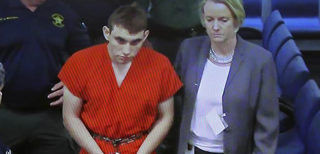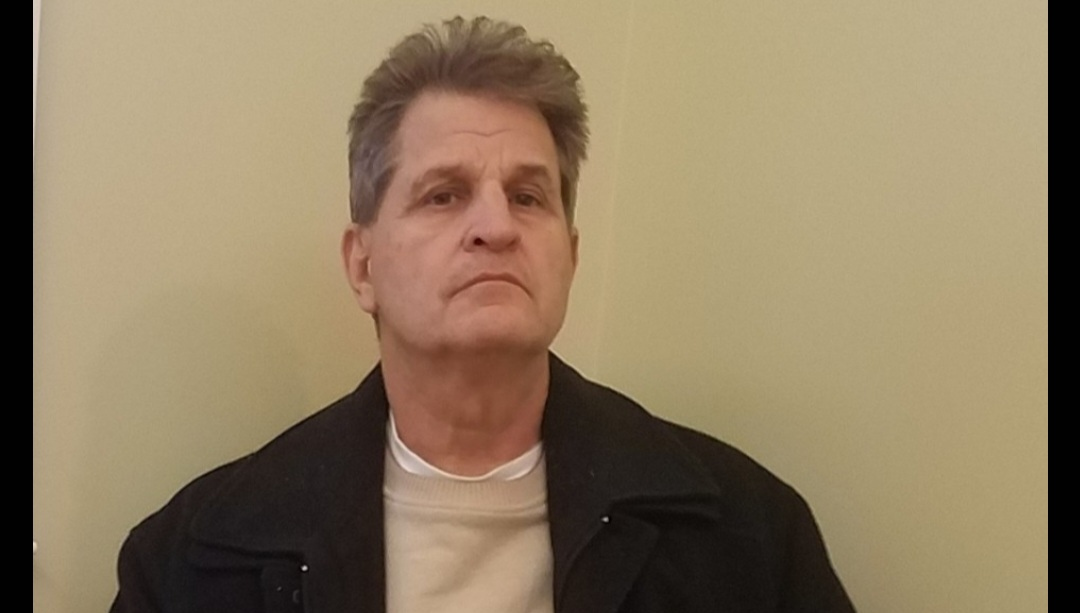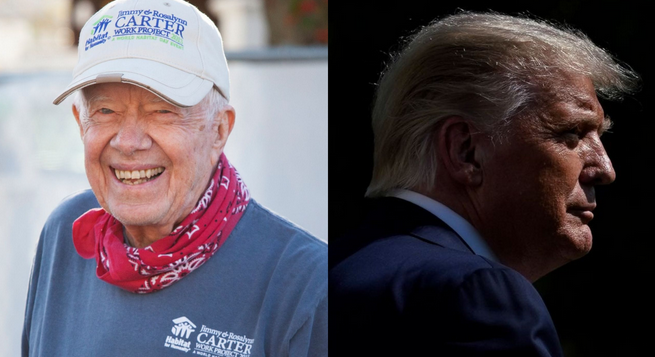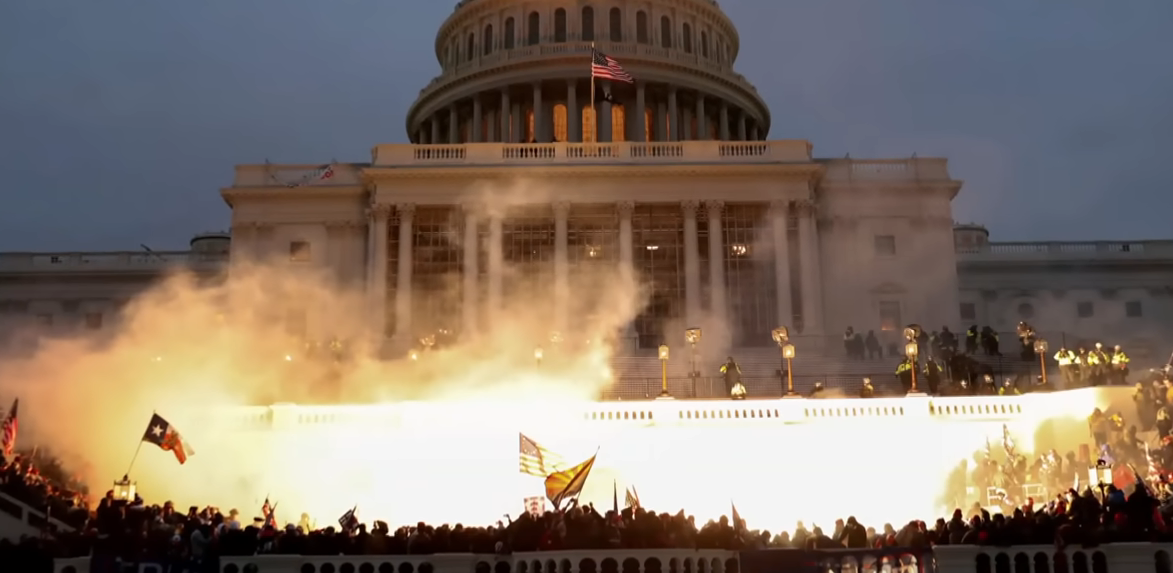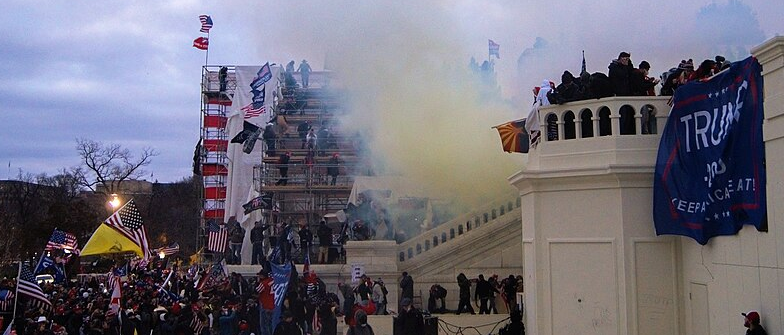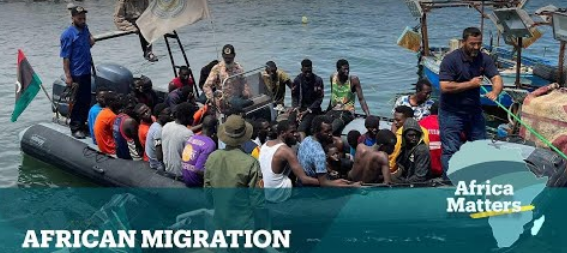Gunman Nicolas Cruz. NBC news screenshot
Violence against children. For many people the words alone are unthinkable—the absolute worst of what humans are capable of doing. The school shooting in Parkland, Florida is a stark reminder of the violence that stalks our children in their schools, homes, places of worship, streets, and communities every day.
The Marjory Stoneman Douglas High School students’ brave and inspiring response has reminded us all that adults must take action now to protect our children. The politicians and powerful gun industry lobbyists who are stonewalling reforms and now criticizing and seeking to silence young voices are absolutely shameful. Today our children are leading and we should follow them as it is their lives that are at risk. Tomorrow they will be voters and the elected officials we need to move us forward and we must act now.
Pervasive gun violence against children is a uniquely shameful all-American epidemic. Consider that since 1963, over three times more children and teens died from guns on American soil than U.S. soldiers were killed by hostilities in wars abroad. On average 3,426 children and teens – 171 classrooms of 20 children – were killed by guns every year from 1963 to 2016. And gun violence comes on top of other major threats of global violence that threaten our children.
The new book Violence Against Children: Making Human Rights Real, edited by longtime scholar and advocate Gertrud Lenzer with contributions from authors in many fields, looks at global violence against children in many forms and what we can do to stop it. The book’s foreword is by Paulo Sérgio Pinheiro, the independent expert for the United Nations Secretary-General’s landmark Study on Violence against Children. It begins: “The UN Study on Violence against Children revealed how millions of children almost everywhere have been left behind in their recognition as rights holders and in their protection from violence. It revealed how the history of violence against children is a history of silence. Since the UN Study was endorsed by the United Nations General Assembly in 2006, important developments have been achieved . . . [yet] today more than 1 billion children around the world continue to suffer multiple forms of violence in the home and family, in schools, in care and justice institutions, in workplaces, in the community and in cyberspace. The international community cannot remain silent and passive; it is time to stop the history of silence and impunity that surrounds violence against children.”
Dr. Lenzer’s Violence Against Children is another call to action shattering that silence. A comprehensive global overview on all forms of violence against children and its prevention, this book is on not just physical violence but structural violence. Both hit close to home for millions of American children. Along with physical abuse, sexual abuse, and gun violence, the assaults of child poverty, homelessness, the structural deficiencies of foster care and our juvenile justice systems, the Cradle to Prison Pipeline® crisis, and youth prisons are all pervasive forms of violence against children. Never has there been such a great need in our own nation to protect children from the growing hate and harms facing them.
I was grateful to be able to contribute a chapter to this new book on the violence of child poverty. Coretta Scott King once said, “I must remind you that starving a child is violence.” Child poverty is one of the strongest predictors of poor outcomes in children. It hurts children physically, emotionally, and socially and leaves scars that often last a lifetime. Children who grow up in poverty are more likely to be hungry, to experience homelessness, unstable or dangerous housing, to live in a violent neighborhood, to have unmet health needs, and to attend a low-performing and often an unequally funded school.
All these substantially affect their abilities to emerge from childhood ready and able to succeed in life. As the Children’s Defense Fund just outlined in our The State of America’s Children 2017 report, in the United States—the world’s largest economy—there are more than 13.2 million poor children, 6 million of whom are extremely poor. A child in the U.S. has nearly a one in five chance of being poor, and the younger she is the poorer she is likely to be. This is a national moral disgrace.
The entire second section of the book is devoted to violence against children in the United States. Dr. Lenzer writes, “According to the 2012 Report of the Attorney General’s National Task Force on Children Exposed to Violence, violence experienced by children in the U.S. had taken on epidemic proportions. The report summarizes: ‘Exposure to violence is a national crisis that affects approximately two out of every three of our children. . . .Whether the violence occurs in children’s homes, neighborhoods, schools, playgrounds or playing fields, locker rooms, places of worship, shelters, streets, or in juvenile detention centers, the exposure of children to violence is a uniquely traumatic experience that has the potential to profoundly derail the child’s security, health, happiness, and ability to grow and learn—with effects lasting well into adulthood.’” We are helped to understand that every assault on children’s well-being – I would add, including our leaders’ current refusal to put children’s lives first ahead of gun owners’ dangerous unregulated weapons of death – has lasting effects.
Other chapters in Violence Against Children describe child exploitation, the effects of adversity on neurodevelopment, the global movement to end corporal punishment, violence against children in other regions of the world, and proven public health approaches to prevention. This volume confirms the United Nations study’s conclusion that all violence against children is non-justifiable, preventable, and all sectors of society have not just a role to play but a responsibility for doing their part to prevent and eradicate it.
Violence Against Children’s foreword reminds us: “We are all connected. Violence against one child affects the entire human family. No child should be left behind.” Silence and inaction in the face of child suffering must never be continued or an option and must be stopped by every possible means. We have too frequent shameful and heartbreaking reminders in the United States that we must make this message heard and act on it. And now is the time to protect children not guns.
Marian Wright Edelman is President of the Children’s Defense Fund whose Leave No Child Behind® mission is to ensure every child a Healthy Start, a Head Start, a Fair Start, a Safe Start and a Moral Start in life and successful passage to adulthood with the help of caring families and communities.
For more information go to www.childrensdefense.org
